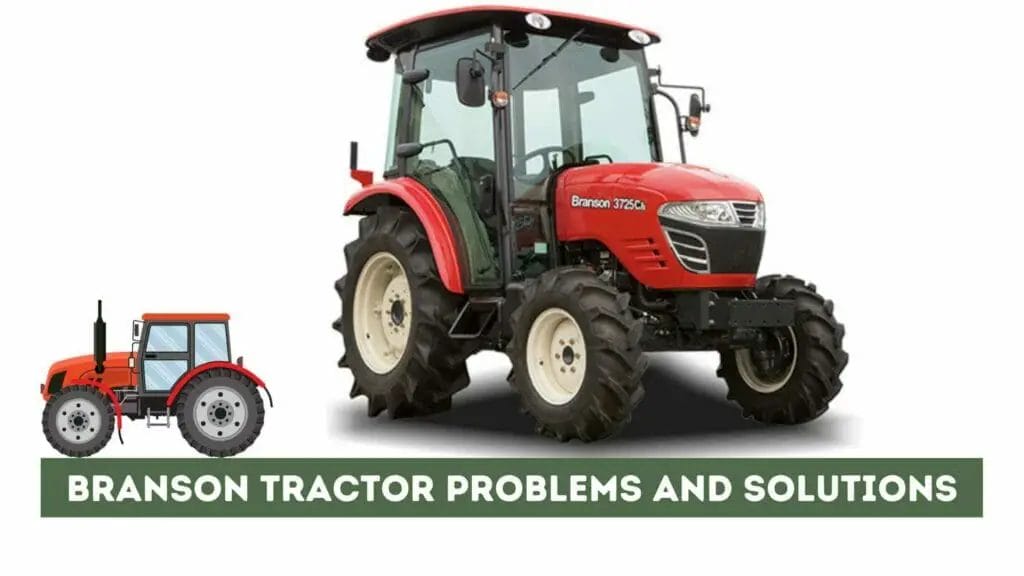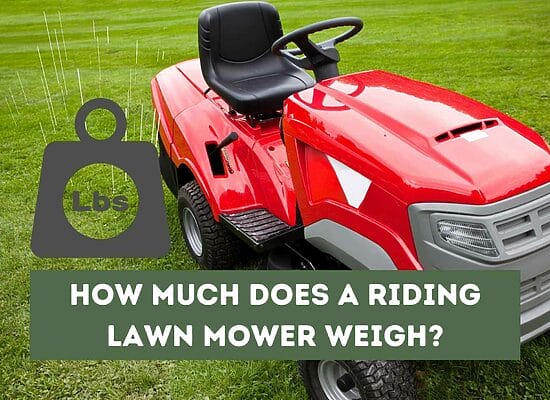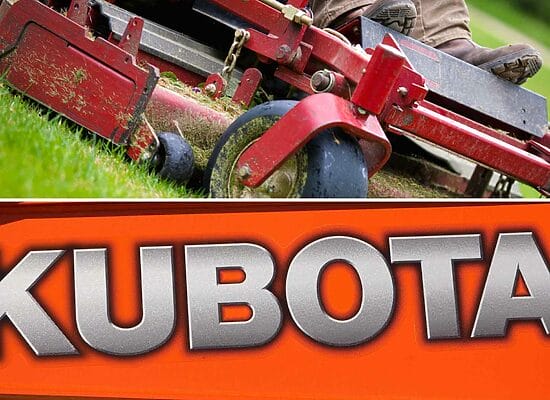
Branson tractors were first created in 1968 to supply tractors for USA and Canada. They are owned by a South Korean company called Kukje Machinery which was founded in 1968.
Branson tractors offer a robust, reliable machine that is backed up by 160 dealers providing sales and service in North America. The longer a company is in existence, the better documented its track record gets.
Branson has been in the tractor game for many years, and the focus of this article is to discuss the 7 most common Branson tractor problems and their solutions.
7 Common Branson tractor problems and solutions
I have compiled a list of the most common problems relating to Branson tractors and provided a solution for each.
- Hydraulic problems
- PTO problems
- Hydrostatic transmission problems
- Clutch problems
- Steering problems
- Engine problems
- Fuel system problems
1. Branson tractor hydraulic problems
The main problems with the Branson tractor hydraulics relates to jerky hydraulic function and slow hydraulic function.
Jerky hydraulics: Many users have noted that at some point, the hydraulics on their Branson tractor becomes jerky. This happens when they are lifting the rear lift arms or trying to operate their front-end loader.
The cause of jerky hydraulics is almost always caused by low oil levels in the hydraulic tank. The jerking happens because as the oil is sucked in by the hydraulic pump and pumped out again, this causes the hydraulic cylinder to lift. When the pump receives no oil due to a low oil level, it stops lifting.
The delay in the oil flow returning to the oil tank causes the pump to behave in the following way:
- pump oil – cylinder raises
- no oil left – cylinder stops
- first oil pumped returns to tank- cylinder raises
- no oil in the tank – the cylinder stops
This happens in a loop at speed, which gives the impression of the hydraulics jerking. To fix this problem, fill your hydraulic reservoir with oil to the fill line.
Slow hydraulics: Slow hydraulics is when the rear lift arms raise and lower very slowly, the front-end loader if fitted, will also raise and lower slowly. The reason why this happens is that the oil filter that the oil must pass through is blocked.
The blockage in the filter slows the flow of oil through it when oil is pumped out or is returning.
Quick Tip: If your tractor lift hydraulics are affected on the way up and down, it is a blockage like a filter. If they are only affected on the way up or out, it is a faulty hydraulic pump or low oil level.
To fix the problem of slow hydraulics, you should replace the oil filter.
2. Branson tractor PTO problems
The only problem I am aware of in relation to the PTO is that the hydraulic PTO clutch pack can fail prematurely, as some models have a very low resistance set on it.
This means that you can have an implement such as a rototiller on the back, and when you engage the PTO, it will begin to slip when you engage it with the soil.
This problem is easily fixed. The hydraulic PTO clutch pack can have its pressure reset to a higher value meaning the clutch will not slip so easily.
3. Branson tractor hydrostatic transmission problems
The hydrostatic transmission fitted to Branson tractors is usually bulletproof. However, some models seem to have a forward creeping issue, which I’d like to talk about.
The problem seems to be that when the operator is driving forward using the forward direction foot pedal, and then they lift their foot off the pedal to stop, the tractor doesn’t stop. It keeps creeping forward. The operator then presses the reverse pedal slightly to make the tractor stop.
The reason why the tractor does this is quite a simple one. Underneath the tractor’s floor is a metal connector block with a square hole through the middle of it. The forward and reverse pedals attach through this connector to the main hydrostatic drive shaft on the gearbox.
The reason why there is a problem is that this connector block becomes loose where it attaches to the transmission. When the operator releases his foot off the forward pedal into the neutral position (the stop position), the play in the shaft means the control shaft does not get pulled into the correct position. Allowing the tractor to continue to travel forward.
To fix this, you must tighten the locking bolt on the connector block at the transmission side. This means the shaft returns to its correct position, and the tractor stops.
4. Branson tractor clutch problems
On Branson tractors which are not fitted with a hydrostatic transmission but rather a clutch and manual gears, the clutch never gives any trouble. The first sign of any issue is when it begins to slip when under load.
The way to fix this problem is to simply adjust the clutch. The clutch in a Branson tractor will usually last at least 5 years before it needs to be adjusted. It can go on for many more years after adjusting.
5. Branson tractor steering problems
The main problem with most Branson tractor steering is the leaking cylinder issue. Many owners have reported that the power steering cylinder begins to leak at the seals. Eventually, if the oil seals are not replaced, the seal blows out and all your oil with it.
This was a design flaw on older models, but the new ones seem to have improved. To fix this, check your steering ram seal regularly – if you begin to see it leaking, get the seal replaced soon.
6. Branson tractor engine problems
Common problems associated with the engines in Branson tractors are that they become hard to start or won’t start, and they can overheat.
If your tractor engine turns over very slowly, I would urge you to test your battery for a charge, check how tight the battery terminals are, and get your starter checked. If the engine doesn’t turn over, check your battery, the starter, and the wiring.
If your engine won’t start but turns over ok, I would check the fuel supply to the engine, the fuel solenoid, blocked fuel filters, dirty fuel tank, check for air in the fuel line, faulty pump, faulty injectors, bent valves and finally compression test the cylinders.
If your engine overheats, it is because the radiator is blocked or there is a low level of coolant in the radiator. Clean the radiator out with a soft brush or an airline and top up the coolant level if needed.
7. Branson tractor fuel system problems
Many Branson tractor owners have had a frustrating experience with one area of the fuel system – the fuel valve solenoid.
This solenoid opens and closes the fuel supply to the pump. It is operated by the ignition key unit, and it needs to have opened to supply the pump and injectors with fuel. Otherwise, the engine will not start. Sometimes the solenoid won’t operate because the solenoid is faulty, and sometimes the power to the solenoid from the ignition is interrupted.
To check if the solenoid works, you should run power to it from an independent source, another 12v battery. You should hear it tick when you supply it with power. If no sound happens when you connect power to the solenoid, this means it is either stuck or broken. You should replace it with another new one.
Another fault that occurs is fuel leaks. As the fuel lines on older tractors begin to age, they lose their flexibility and become hard and brittle.
If these brittle old fuel lines are subjected to enough vibration, they can begin to crack and leak fuel.
It is a good idea to replace old fuel lines, especially if you live in very cold climates, as the cold accelerates the aging process of fuel lines.
Common causes of Branson tractor problems
There are few causes of Branson tractor problems that relate to poor quality components. Problems will arise with any machine, which is made up of many mechanical parts.
The key is to provide your machine with a regular, thorough service routine that is well documented in a service logbook or other types of journal. Keep a note of the date the serving took place to create a helpful timeline for wearing parts.
How to troubleshoot Branson tractor problems
A quick rundown of the problems we discussed in more detail above.
- Hydraulic problems: Jerky hydraulics relate to low oil levels. Slow hydraulics indicate a blocked filter.
- PTO problems: The hydraulic PTO clutch pack requires the slip clutch pressure to be increased.
- Hydrostatic problems: The connector block under the floor needs the stop bolt tightened.
- Clutch problems: The clutch begins to slip after five years. Adjusting it will fix the issue.
- Steering problems: The hydraulic cylinder leaks at the seal. Replace it sooner rather than later.
- Engine problems: Overheating is caused by a blocked radiator. Starting problems relate to battery or starter problems.
- Fuel system: Old brittle fuel lines will crack and need to be replaced.
Branson tractor life expectancy
Branson tractors have a good reputation and a good track record. It is not uncommon for a Branson tractor to last 25 -30 years. Maintenance and servicing are key to longevity.
To summarise, we found the main issues with Branson tractors are hydraulic, PTO, hydrostatic transmission, clutch, steering, engine, and fuel system.
These are not problems that solely relate to Branson tractors – all tractors have them. The key to dealing with them is being a vigilant operator and providing a solid serving and maintenance routine.












